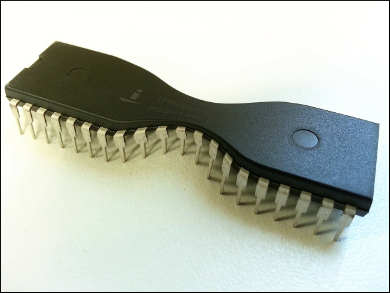A demand for ever-smaller consumer electronic devices drives the quest for the thinnest possible semiconducting films. Jiwoong Park and co-workers, Cornell University, Ithaca, NY, USA, have developed a metal-organic chemical vapor deposition (MOCVD) technique to deposit molybdenum disulfide and tungsten disulfide films onto silica-coated silicon wafers. The films measure 10 cm across and are three atoms thick. They are uniform across their entire span, an essential feature for producing reliable devices.
The films have field-effect mobilities similar to exfoliated films, and several times higher and more uniform than films made using previous CVD methods. Only two field-effect transistors from a batch of 200 made from these films failed to conduct properly.
This technique can be applied to a wide variety of films and substrates, including multiple types of films on the same substrate. However, the processing temperature is too high for use with flexible plastic substrates.
- High-mobility three-atom-thick semiconducting films with wafer-scale homogeneity,
Kibum Kang, Saien Xie, Lujie Huang, Yimo Han, Pinshane Y. Huang, Kin Fai Mak, Cheol-Joo Kim, David Muller, Jiwoong Park,
Nature 2015, 520, 656–660.
DOI: 10.1038/nature14417



